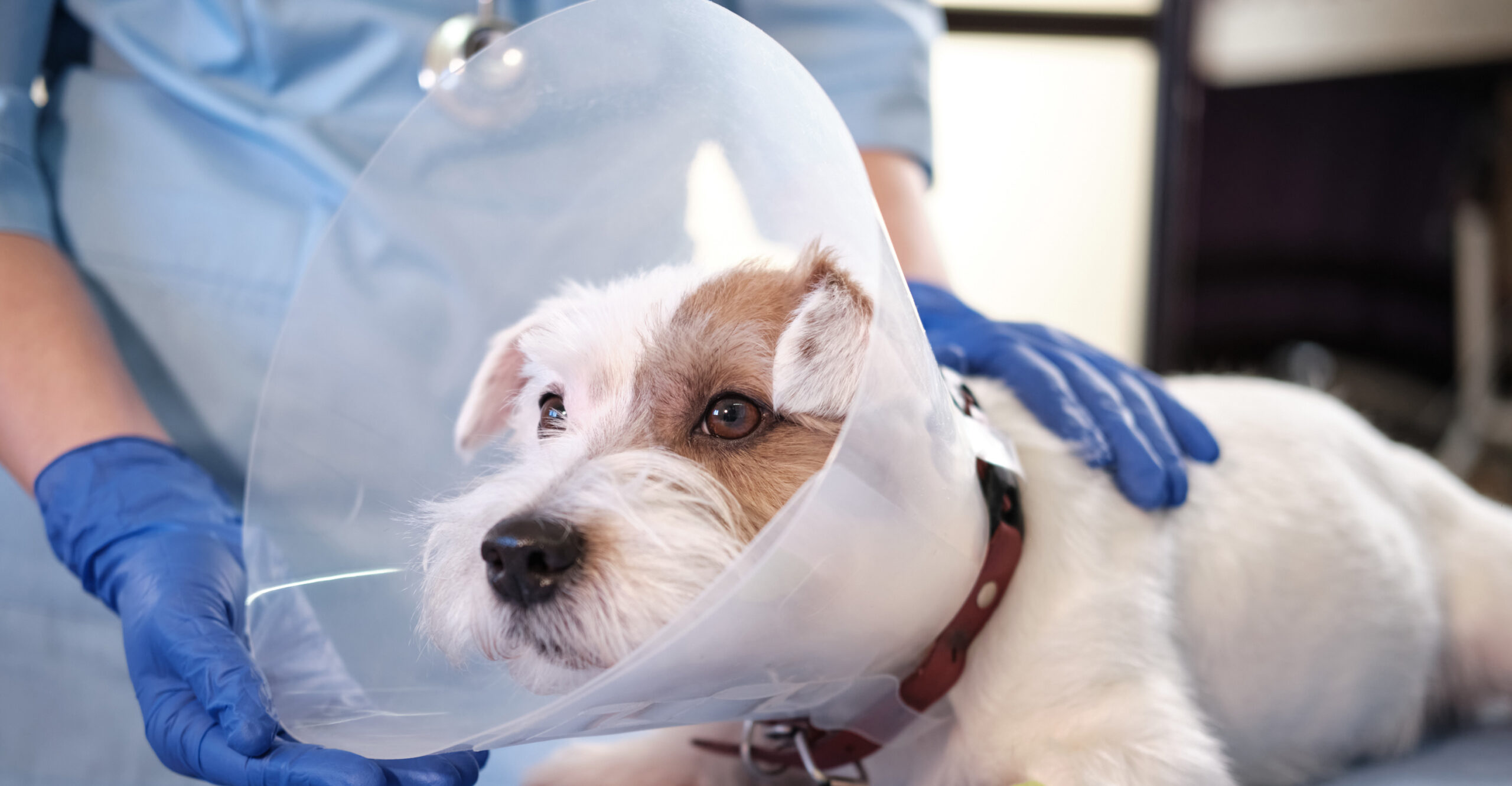Common Surgical Procedures
A torn cranial cruciate ligament is the most common cause of lameness in dogs. The cranial cruciate works with the caudal cruciate to allow your dog’s knee to function as a hinge.
These ligaments prevent rotation between the femur (the bone between the hip and the stifle) and the tibia (shin bone).

This can be debilitating for dogs. The damage can cause instability to the cartilage and surrounding bones and can lead to osteoarthritis (OA). The tear must be treated as soon as possible to reduce permanent damage and relieve pain.
If your dog has been diagnosed with a ruptured cranial cruciate ligament, deciding on treatment options can be difficult. Both conservative and surgical management treatment options exist and around two-thirds of cases are managed surgically (Taylor-Brown 2015).
Guides
There are many different surgical techniques performed. If the vet who is treating your dog has advised you that surgical treatment is required, they may have discussed a particular procedure with you.
You can find independent information about the most commonly performed surgical procedures in the guides. They have been written by vets experienced in cruciate surgery and are based on the latest available information and will be updated regularly.
These guides aim to provide information about each type of procedure rather than recommend one in particular.
If you have any questions about these procedures, you should discuss them with the vet looking after your dog.
